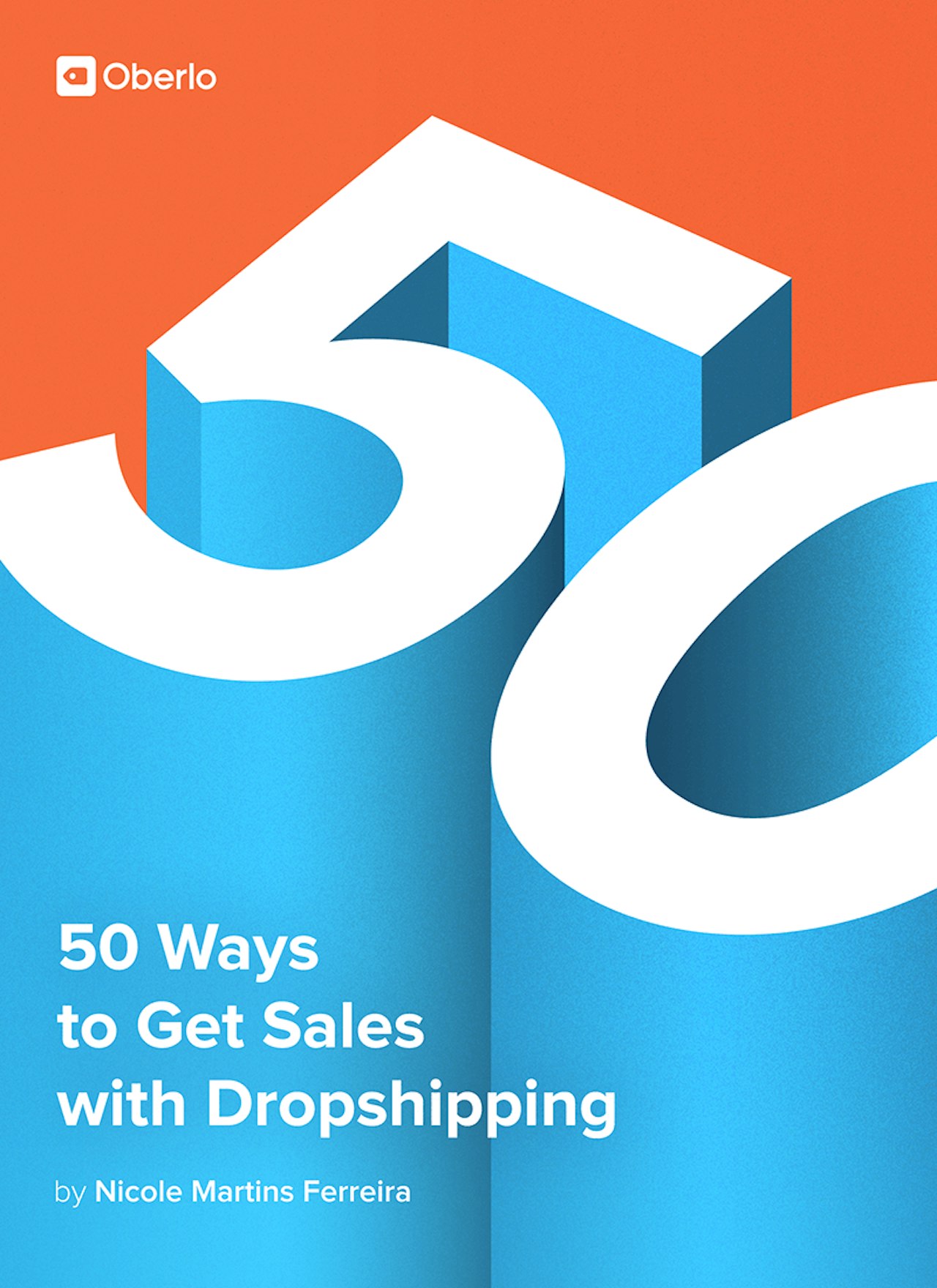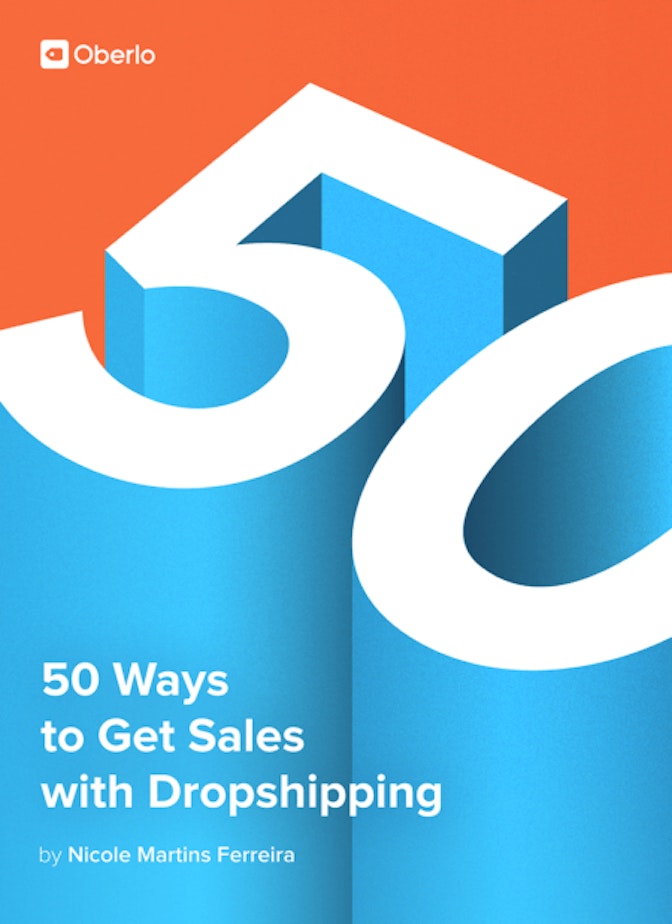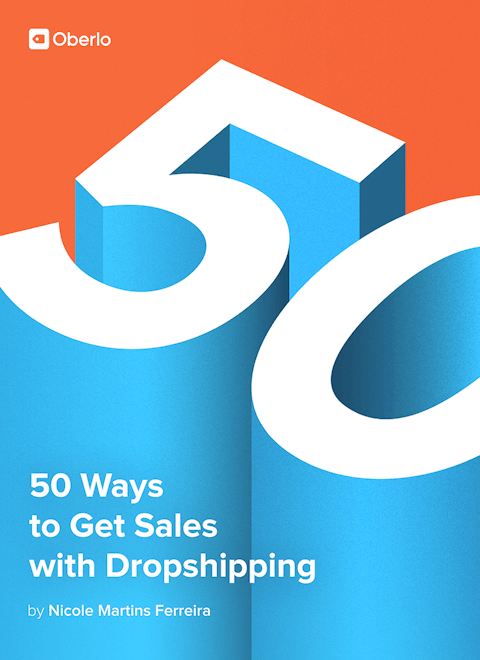The pricing strategies you implement can have a major effect on the success of your store. Pricing a product is a bit more complicated than simply inputting a random number. There are a number of factors to take into account when pricing your products: cost of goods, cost of advertising, business expenses, psychology of numbers, and more. As a new store owner, you may find you need to change your prices if you aren’t getting enough sales. If you price too low, some may question the quality of your product. If you price too high, a competitor’s product may seem more appealing. The goal is the price at market value which you can determine based on what other brands in your niche are selling products for.
Pricing Strategy Examples: Everlane has a Choose What You Pay section on their product pages.
Customers can choose from three price options. Each price point mentions how much profit the company will make from the purchase and what they’ll be able to do with it. Some customers will choose the lowest price point to get the best deal. However, loyal customers may choose a higher price point in order to support the brand’s growth. While we don’t have exact data on what most customers choose, it’s an interesting idea and experiment to run on your store.
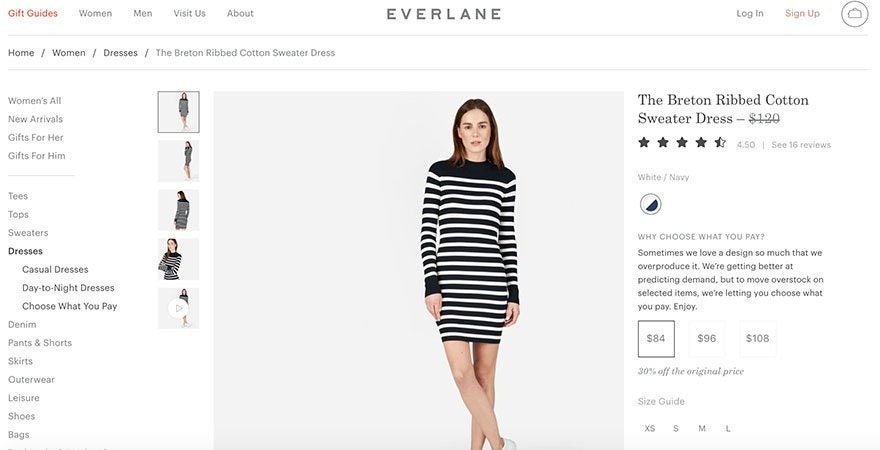
Types of Pricing Strategies and Tips:
Understand your pricing tiers. If you’re trying to sell an expensive product put it next to products that are even more expensive. For example, if you’re selling three mattresses. Often times customers will buy the item priced in the middle. People don’t usually want the cheapest product but they also avoid buying the most expensive one. So they’ll opt for the mid-priced item. Having the price difference helps them make a decision even though the products are similar.
Jessops has a ‘price match promise.’ Their policy indicates that they’ll match the pricing of any retailer online or in store. Not only will they price match if a customer finds a better deal, they’ll also change their pricing if they find a competitor offering a better price. They tagline reads, ‘We won’t be beat on price.’ While this strategy may work for some brands, it can be risky when dropshipping. Since dropshippers buy from a manufacturer, the manufacturer will always be able to offer the lowest prices making it hard for a dropshipper to compete. So avoid making promises you can’t keep.
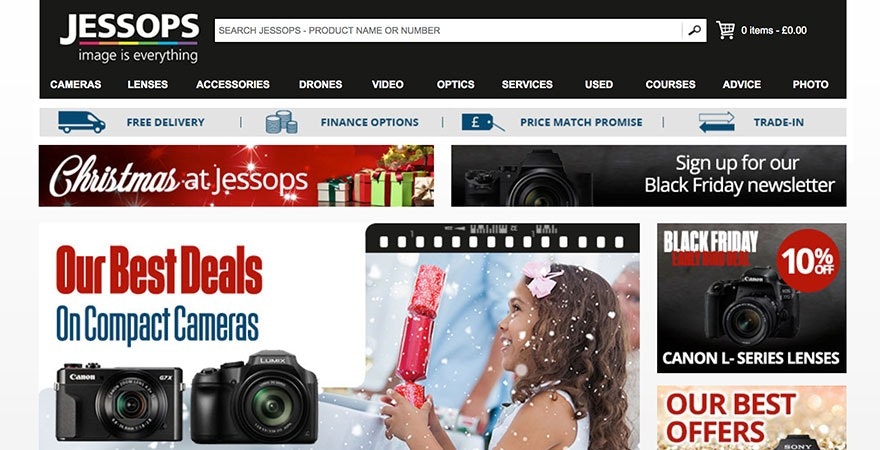
Shop Missa is unlike most ecommerce brands. The key difference: most beauty products are sold for $1. While they likely manufacture their own products, the low cost of goods is their competitive advantage. Customers looking to find affordable products will likely turn to a site like this to buy their beauty essentials. They include a free shipping threshold of $35 to ensure that their business is sustainable. However, it also helps increase their average order value since they have a low product cost.
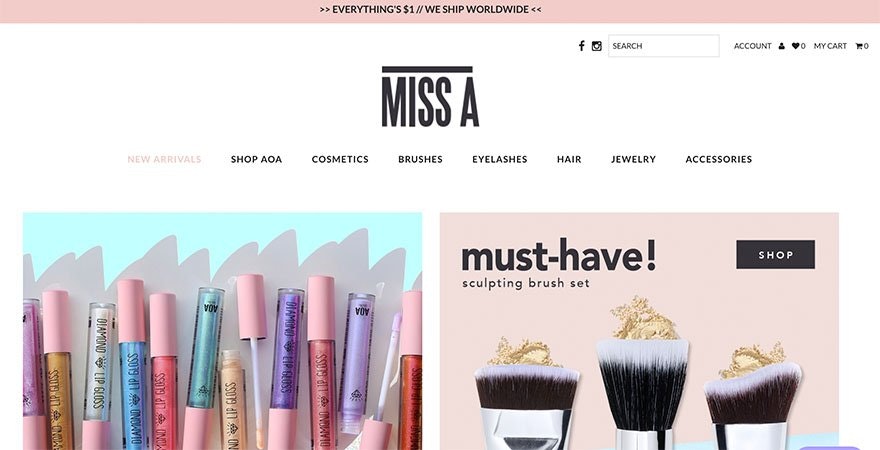
When pricing products $19.99 is more compelling than $20. Even though it’s only a one cent different, the number is more compelling. When people read the number they see that it’s in the lower price range of the teens instead of the twenties which can also make the product seem more affordable.
Price at market value. If you’re dropshipping products from AliExpress, you won’t be able to compete on price. But customers pay for more than just the product. They also pay for the employees running the business like customer service. Customers are usually willing to pay market value for a product they love. You can determine market value by analyzing the product prices of the most popular stores the average consumer shops at.
Offering bundles is a great way to make more money. While you’ll offering a small discount to bundle the products, you’ll make a bigger profit because of the volume you’ve sold. The customer feels like they scored a great deal and you earn more making it an all around win.
Free + shipping is a popular pricing strategy among retailers selling low cost products. If your products cost under $2 like a phone case or a small piece of jewelry, you might have a ‘Free’ section on your store. If you ship via ePacket the item will typically only cost a couple of dollars to ship. On average, the cost of goods for these products are under $5. The average retailer charges $9.99 for the cost of shipping. The customer feels like they scored a deal because the product was free. However, this can be deceptive as the product isn’t really free and the shipping cost isn’t actually as expensive as some claim it is.
You’re able to change your prices as time goes on. For example, if your products are priced too low you might get more sales. However, you might realize you’re not actually making any money after bills are paid. Making money is the most important part of running a business. If you’re not making money, you’re a volunteer. Change your prices accordingly. Same goes if they’re priced too high and you’re not making sales, you’re gonna have to lower it.
Be mindful of your language. The words you use around your pricing can have an impact. If you charge for shipping, you might want to mention words like ‘small $5 flat rate.’ Or if you’re bundling products you might use words like ‘save $5.’
Take into account all of your costs. The product cost is one of many. You also have to pay your monthly Shopify fee, cost of employees (or you if you’re a solopreneur), taxes, marketing and advertising costs and other business expenses. While you might be tempted to price your products at a lower price, if you price too low you might not make enough to cover your expenses and generate a profit.
It’s also a good idea to focus on what average order value you’d like to have. What’s the current average order value for you store? Now, think of products you can bundle together to increase the average order value while still ensuring a high profit. Focus on growing your sales within each transaction by increasing the odds that your customers will spend more per purchase.
New Product Pricing Strategies Tools:
Oberlo profit margin calculator is a tool that helps you calculate the margins your store has. You can also determine your profit. The tool allows you to input either your Cost, Margin, Revenue or Profit. You need to fill in at least two of them to find the answer to one of the options.
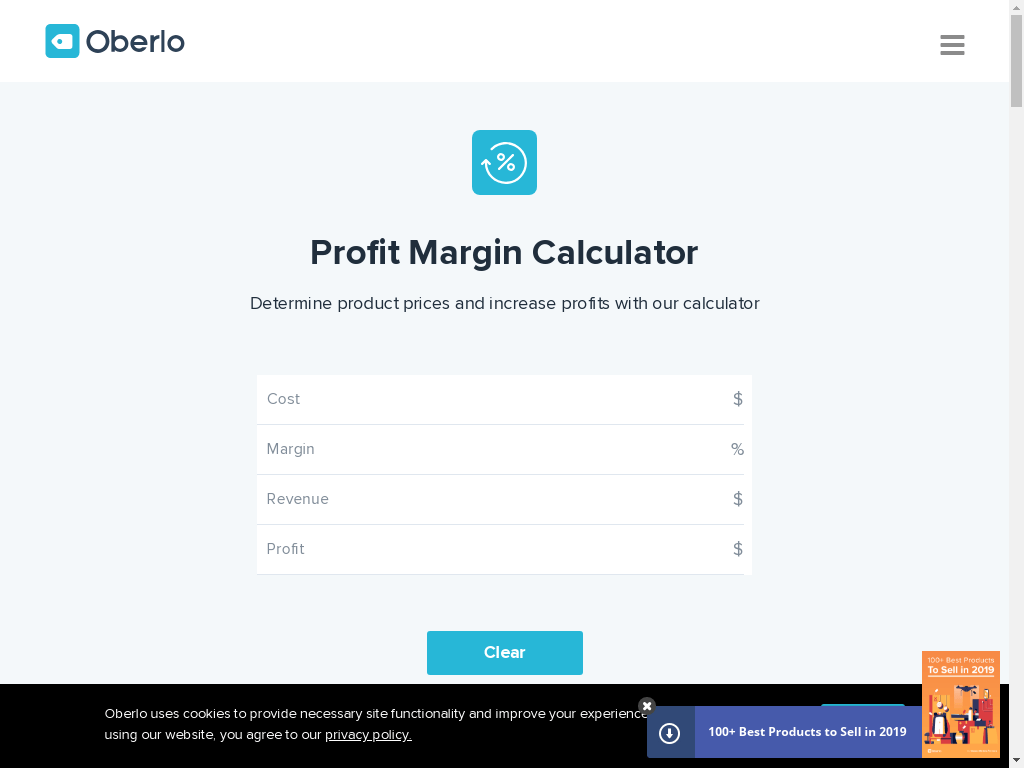
Product Upsell is an app by Bold that helps you make more money through upsells and cross-sells. You can use to the app to help you increase your average order value on your store to ensure a higher profit per customer.
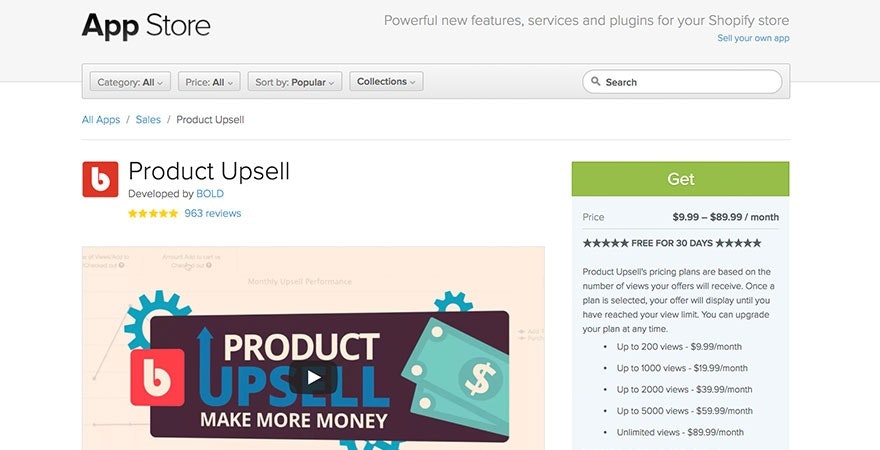
Product Pricing Strategies Resources:
Oberlo’s Pricing Strategy for eCommerce details why you should know how to price your products, examples of pricing strategies for store owners, and more.
Entrepreneur’s 10 Pricing Strategies That Can Drastically Improve Sales covers unique experiments and case studies around pricing strategies. You’ll learn about the importance of context when pricing products, how to price similar products and more.
